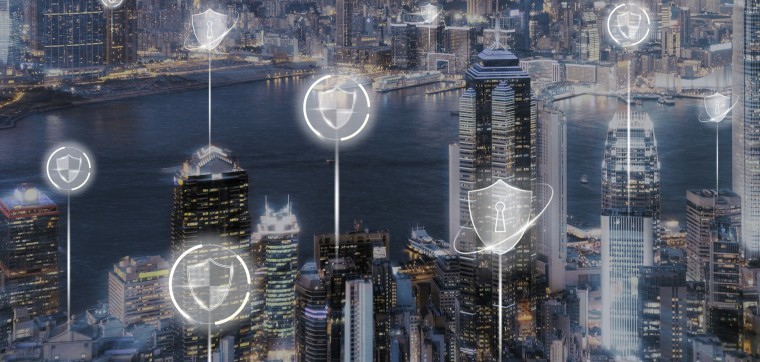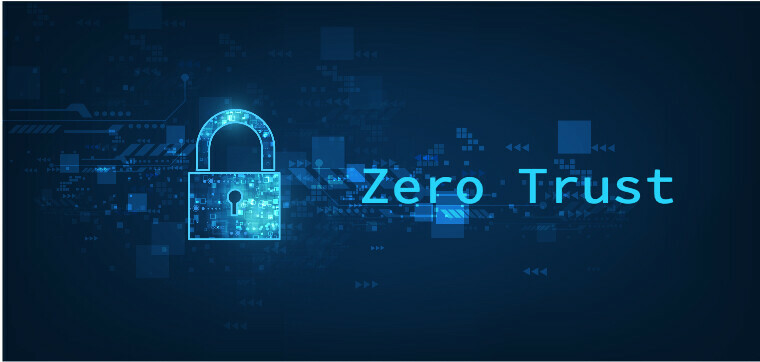As organizations increasingly transition to hybrid work models, embrace cloud connectivity, and advance digitalization, the importance of cybersecurity grows in complexity and significance. Cybercriminals continuously refine their tactics, exploiting even the most minor vulnerabilities within the intricate digital landscape. Their attacks have evolved to be multifaceted, targeting minute gaps across an organization's operations and infrastructure. Fortunately, basic security measures can effectively thwart most threats. Let's explore the six vital areas that organizations must vigilantly manage.
1. Email Security: The Persistent Threat
Email remains the primary threat vector, contributing to 35% of ransomware incidents in 2022, with a staggering 61% surge in phishing attacks from 2021 to 2022. Malicious emails are growing more sophisticated, often mimicking legitimate resources, making timely threat detection challenging. For instance, consent-based phishing attacks have become prevalent, with attackers gaining access to user data in as little as 72 minutes. Protective measures such as URL validation and macro deactivation are imperative to counteract these threats, alongside robust employee education.
2. Strengthening Identity Protection in a Rapidly Evolving Landscape
As organizations increasingly rely on cloud services, securing access becomes paramount. Thus, safeguarding identity within an organization, including user account privileges and workload identities, takes centre stage. Password attacks surged to 921 per second in 2022, a 74% increase from the previous year. Attackers are becoming more inventive, employing techniques like phishing and token misuse. Additionally, the proliferation of phishing kits has facilitated their efforts. Microsoft's analysis of ransomware incidents revealed that 93% were linked to inadequate privilege access and lateral movement controls. To address these issues, organizations must comprehensively address their identity attack surface, encompassing user accounts, cloud access, and workload identities.
3. Navigating Endpoint Security Challenges in the Age of Hybrid Work
The rise of hybrid work models has introduced complexity into endpoint security. Unmonitored devices present attractive targets for attackers, given the limited visibility security teams have while these devices connect to corporate networks. Unmonitored servers are also potential sources of compromise. Enhancing endpoint visibility and protection is essential to thwart potential attacks.
4. IoT Threats on the Horizon
The Internet of Things (IoT) is frequently overlooked as an endpoint attack opportunity, yet its numbers are poised to reach 41 billion devices by 2025. Attackers often leverage IoT devices as gateways to infiltrate organizations. Surprisingly, IoT security is one of the least protected areas, with 60% of security professionals acknowledging its vulnerability. As governments worldwide tighten regulations for IoT device security, organizations must proactively address this emerging threat.
5. The Complexity of Cloud Protection
As organizations migrate data, infrastructure, workloads, and application development to the cloud, end-to-end visibility within the cloud ecosystem becomes critical. Microsoft's research underscores the importance of integrating security tools with multi-cloud assets, with 84% of organizations avoiding ransomware attacks employing this strategy. Currently, the primary cloud-based attack vector is cloud-based application development. Adopting a "shift-left" security approach will enhance vulnerability mitigation and overall security.
6. Securing the External Attack Surface: An Internet-Wide Challenge
The Internet is an integral component of an organization's network. Securing external and internal attack surfaces, aligning with the Zero Trust approach, is vital. This extends protection not only to the organization's assets but also to vendors, partners, and unmonitored employee resources.
In an ever-evolving threat landscape where adversaries continuously adapt, and threats multiply, fortifying defenses across all attack surfaces is imperative. Access to high-performance threat intelligence and engagement with trusted professionals possessing the highest expertise is critical. At Noventiq, we offer dependable security solutions for all situations, whether you require proactive threat protection or rapid response to detected threats within your organization. Our team is prepared to help you eliminate threats and minimize damage effectively.









